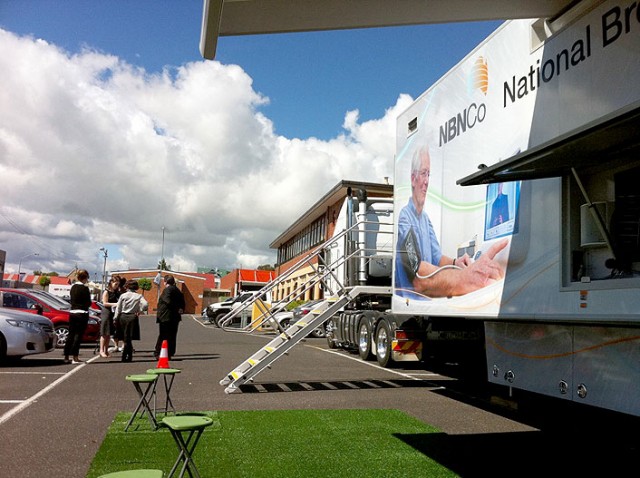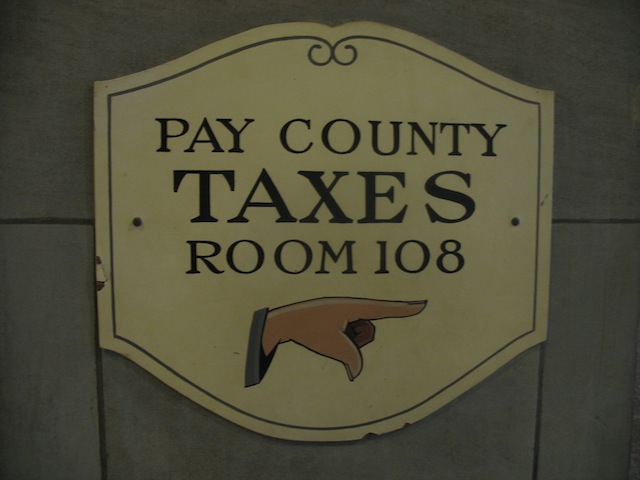I swore – mainly for my own sanity – that I wouldn’t discuss Australia’s National Broadband Network on this site anymore, today though the topic raised an interesting point about business leadership and project management that can’t be ignored.
Australian Communications Minister Malcolm Turnbull today released the Broadband Availability and Quality Report (PDF) along with the accompanying My Broadband website that identifies the nation’s telecommunications blackspots.
Extraordinary failure
“It is extraordinary that in six years of Labor talking about Australians having inadequate broadband they never bothered to do the work of actually identifying where services were good, bad or indifferent,” said the minister at the announcement.
Turnbull’s comments are correct, although the criticism is just as valid of previous Liberal and Labor governments who’ve all made incredibly poor decisions in the telecommunications portfolio without considering what was actually happening outside the ministers’ offices.
A bigger lesson though is that before commissioning a project the size of the NBN – estimates have put its cost anywhere between twenty and eighty billion US dollars – it’s a good idea to know where you are are and where you want to go.
Big Hairy Audacious Goals
To put the comments that follow into perspective, I was a supporter of the NBN concept although I thought it was a Big Hairy Audacious Goal.
In the shadow of the Global Financial Crisis the NBN project ticked all the boxes; it put cash into the economy, it employed an army of workers and upgraded Australia’s telecommunications network that had been neglected by thirty years of incompetent government policies mixed with incumbent telco greed.
Australia could have afforded ten NBNs during the mining boom of the 2000s; it was an opportunity to rebuild the nation’s ports, roads, railways, schools and tax system that all needed reinvestment and reinvention to meet the needs of the 21st Century.
Building a middle class welfare nanny state
Rather than reform the economy or build modern infrastructure, the Howard Liberal government decided to spend the mining boom’s proceeds on building a middle class welfare state.
Keen students of Australian politics crack a wry smile that the recently elected Abbott Liberal government, of which Turnbull is a member, proposes a paid parental scheme that will complete John Howard’s grand vision of a Middle Class Welfare Nanny State.
One of the tragedies of the populist and cowardly Gillard and Rudd Labor governments that succeeded Howard was neither had the courage to dismantle the Liberal party’s middle class welfare state.
At least though both Rudd and Gillard were prepared to make some big infrastructure investments, even if they weren’t fully thought through and chronically underfunded.
Failing to think through the needs, scope and costs of the project meant the National Broadband Network project quickly collapsed into a managerial mess exacerbated by the dribbling incompetence of the company’s executives, government officials and contractors, which bought us to Turnbull’s announcement today.
A project in search of a scope
The project’s failure is a worrying commentary on the abilities of Australia’s management elites in both the private and public sector, however the lesson for the entire world is understanding both where you are and where you want to go to is essential for a project’s success.
Spending on well planned and necessary infrastructure is good, but to avoid disasters like Australia’s NBN it’s good to start with understanding the problems you want to fix and a project scope that clearly identifies the work that needs to be done.
Unfortunately too many governments and businesses don’t know where they are or where their plans will take them.
Similar posts:



